Introduction to Entity Framework Core
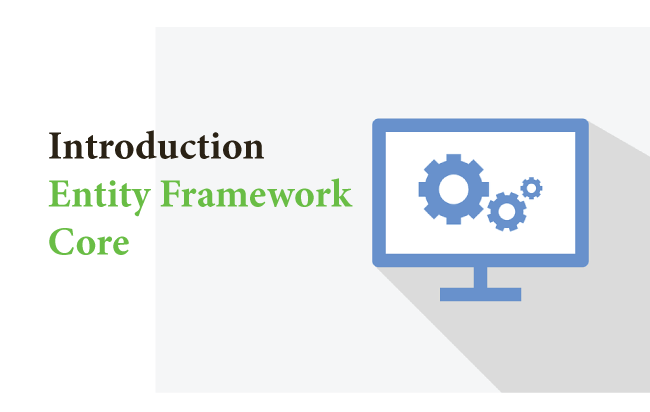
Entity Framework Core also known as EF Core is the latest version of Microsoft’s Entity Framework. It is an Object Relational Mapping (O/RM) framework, an enhanced version of ADO.NET, that automates data storage and retrieval from the database. EF Core is open source, cross-platform, lightweight, extensible and very powerful in nature. It is also very easy to learn and use in our DOT NET Projects.
EF Core Supported Application Types
We can use Entity Framework Core on all DOT NET applications like :
- Console Applications
- Windows Applications
- ASP.NET Web Forms
- ASP.NET MVC
- ASP.NET Core MVC
- ASP.NET Core Razor Pages
- Blazor Apps
- WPF
- Xamarin Framework
- Web API
- .NET MAUI
EF Core Versions
| EF Core Version | Release Date |
|---|---|
| EF Core 8.0 | November 2023 |
| EF Core 7.0 | November 2022 |
| EF Core 6.0 | December 2021 |
| EF Core 5.0 | November 2020 |
| EF Core 3.1 | December 2019 |
| EF Core 2.0 | August 2017 |
| EF Core 1.1 | November 2016 |
| EF Core 1.0 | June 2016 |
Entity Framework Core vs Entity Framework
Entity Framework Core is the highly enhanced version of Entity Framework and contains a lot more features. It was released in the year 2016 when DOT NET Core came into existence. Entity Framework has a visual designer tool called .edmx file which describes the database and the models along with the mappings between them. Entity Framework Core does not have a visual designer tool. All the models and mappings are created in C# classes. Entity Framework is no longer actively developed by Microsoft so use only Entity Framework Core in your projects.
Entity Framework Core Approaches
There are 2 Entity Framework Core develpment approaches which we can follow. These are:
- 1. Database First .
- 2. Code First.
There is very little support of Database First approach since there is no visual designer, like .edmx file, in EF Core. The EF Core mainly supports Code First approach.
Database First Approach
In Database First approach the domain & context classes are created based on the existing Database.
Code First Approach
In Code First approach the domain & context classes are created by you then EF Core created the database using these classes. The term Migration is used whenever EF Core creates or updates the Database based on the domain & context classes.
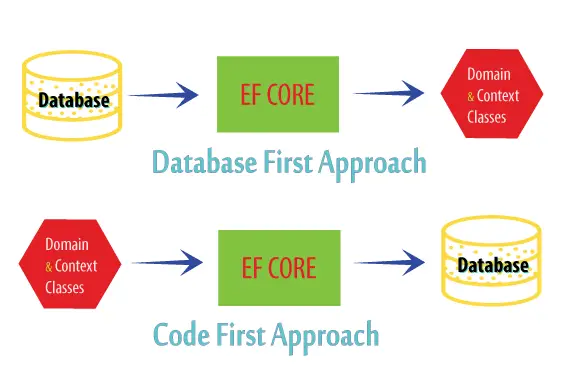
Entity Framework Core Features
Some important features of EF Core are:
- 1. DbContext & DbSet
- 2. LINQ Support
- 3. Tracking
- 4. Migrations
- 5. Batch Insert, Update and Delete operations
Supported Databases
Entity Framework Core works on many databases like:
1. SQL Server
2. MySQL
3. PostgreSQL
4. SQLite
5. SQL Compact
6. Firebird
7. Oracle
8. Db2
9. MongoDB


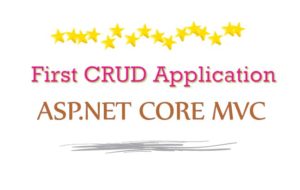
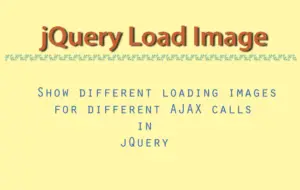
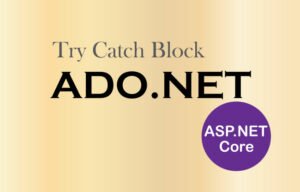



 Welcome to YogiHosting - A Programming Tutorial Website. It is used by millions of people around the world to learn and explore about ASP.NET Core, Blazor, jQuery, JavaScript, Docker, Kubernetes and other topics.
Welcome to YogiHosting - A Programming Tutorial Website. It is used by millions of people around the world to learn and explore about ASP.NET Core, Blazor, jQuery, JavaScript, Docker, Kubernetes and other topics.